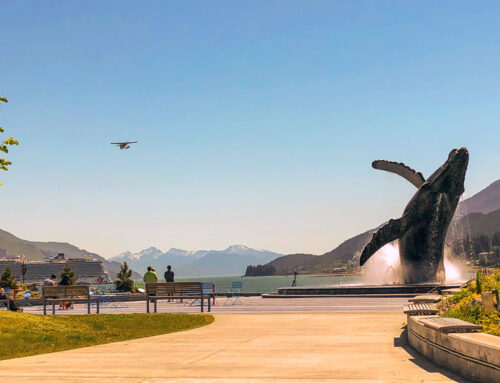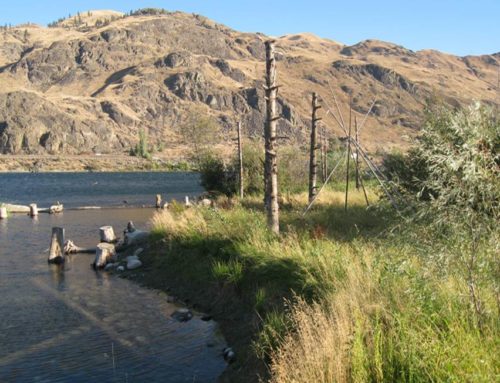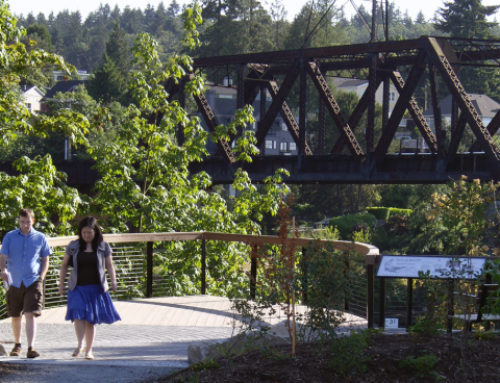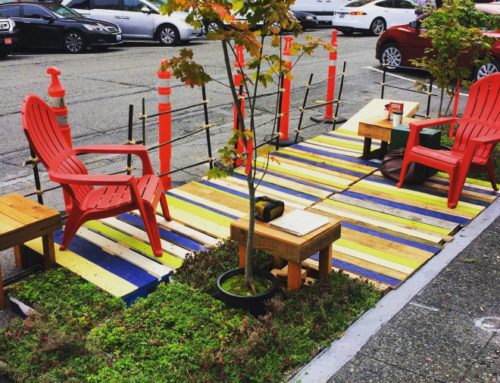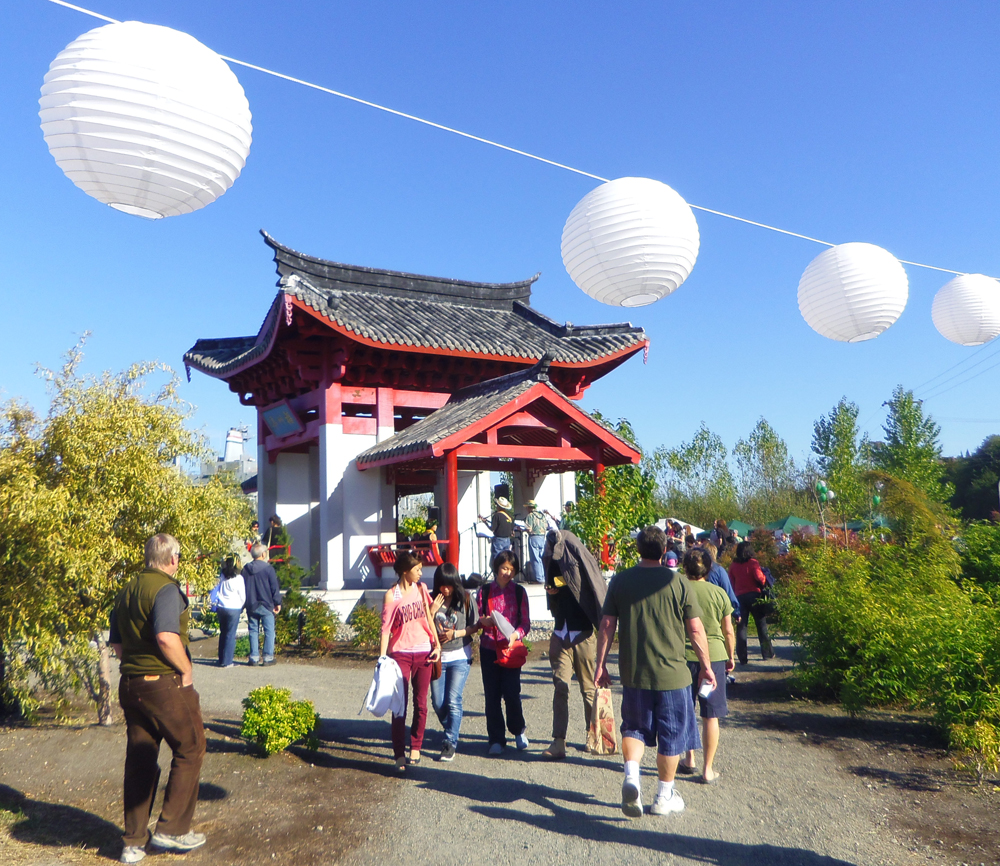
Fuzhou Pavilion during the moon festival at Tacoma Chinese Reconciliation Park, © J.A. Brennan Associates
Good civic spaces provide communities with vital places for congregation and celebration and can augment, if not define, the spirit of a neighborhood and city. Part of the design process for public spaces involves pinpointing and expressing significant and unique character traits and culture in the resulting forms. Through creative collaboration with the community, designers can assist groups in interpreting their identity and the specific needs for public spaces. As landscape architects we synthesize our physical understanding of a site and its history with our creative ideas to establish placemaking features into a space.
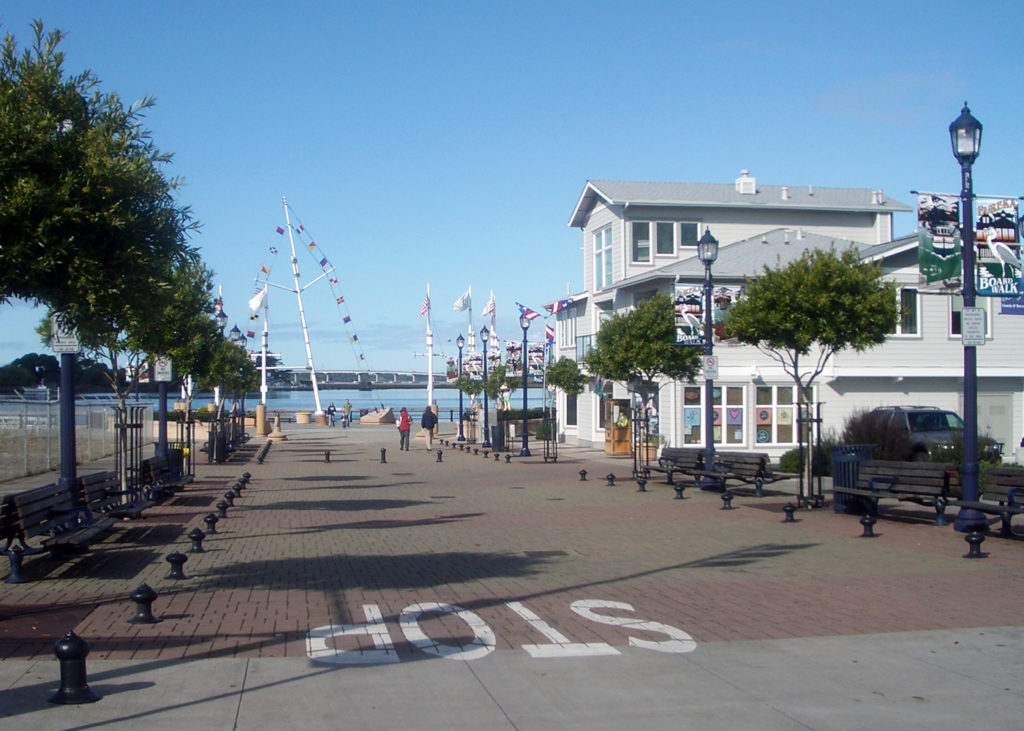
Focal point at the end of F Street in Eureka, California, © J.A. Brennan
Over the next several weeks the JABLOG will explore processes and design techniques that invigorate civic life and articulate a neighborhood’s character within the public realm. We will discuss how history, people, landscape interpretation, art, and architecture are translated through the design process to create bold or subtle statements about a community’s identity.
Process
A component of developing successful civic spaces includes establishing placemaking features and/or iconic focal points in collaboration with the people who use the space and who it represents. This is a process of exploring a community’s understanding of itself.
Inherent in designing is the task of finding common ground and working towards a common purpose, distilling a vision from many voices. An inclusive public process brings people together to express and hear diverse ideas, bonding the participants.
How does it happen?
Understanding -> Vision -> Design
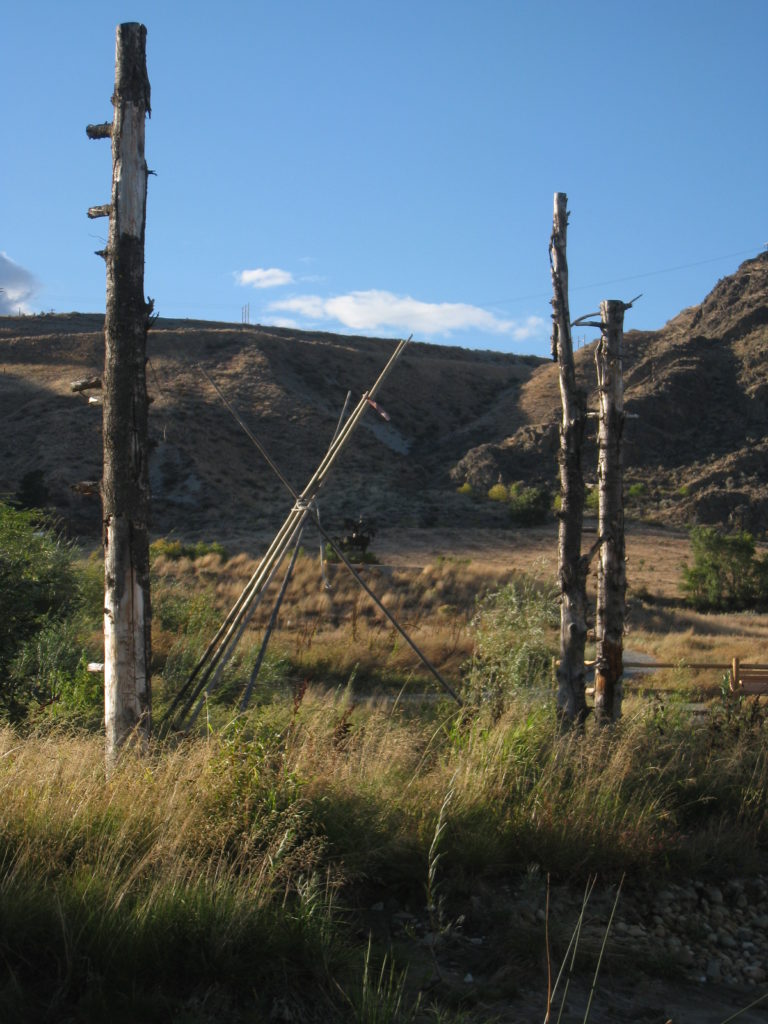
Artist Smoker Marchand’s installation at Beebe Spring’s Natural Area, © J.A. Brennan
The importance and history of a site are known to those around it. As designers we work with the public to understand and articulate a community’s core values and its culture. Some have a clear vision of how to express their identity. Others look to the landscape architect to facilitate the process of synthesizing the ingredients they have gathered to make a bold statement. Ultimately, good placemaking expresses the core of a community in the design.
Creativity
The designer distills what is learned about the site and uses forms, materials, colors, and natural elements to design placemaking features.
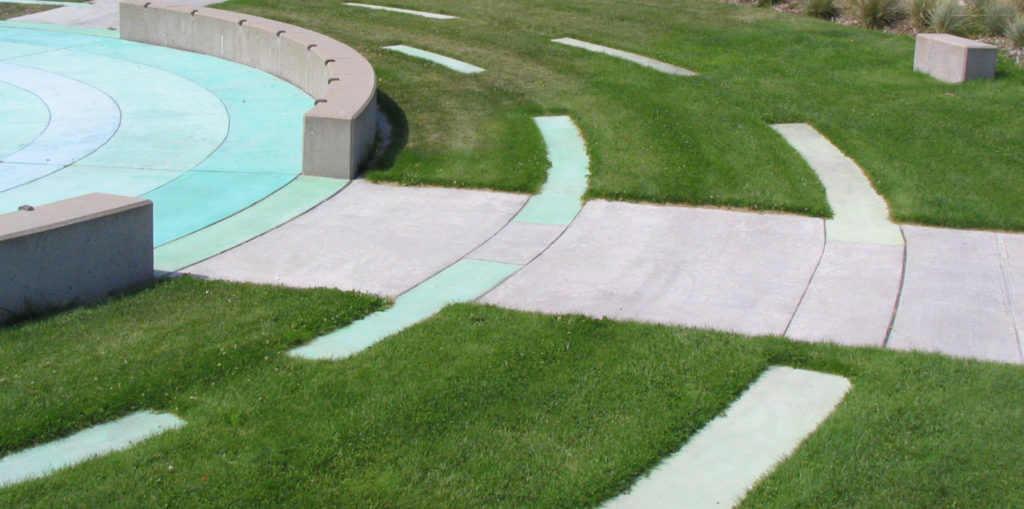
Bitter Lake Reservoir Open Space’s Expanding Water Drop Plaza, © J.A. Brennan
There is the satisfying moment of finding the perfect expression of a place.
Will it be…
- A gateway marker?
- A view?
- A pattern in the wall?
- A signature structure?
- A fountain?
- A sculpture?
- A story told in the landscape?
Iconic placemaking elements ultimately enhance gathering places, enrich relationships with the landscape, and improve wayfinding and navigation within the geographic setting.
A good process results in an iconic placemaking element and spirit of place that is embraced by the community.

